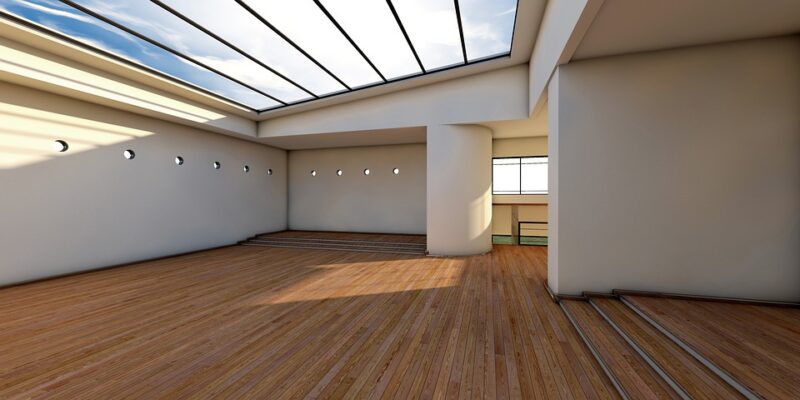Introduction
From concept to completion, the field of 3D animation software has revolutionized the way artistic projects are created and brought to life. This technology allows artists to turn their imaginations into reality through the use of digital tools and techniques. In this article, we will explore how 3D animation software is used in artistic projects, highlighting the benefits and challenges that come with its implementation.
The Creative Process
Conceptualization
The journey of creating an artistic project using 3D animation software begins with conceptualization. Artists start by developing ideas and concepts for their work, often using sketches and storyboards to visualize their vision. 3D animation software allows artists to bring these concepts to life by creating digital models, textures, and animations that can be manipulated and refined until the desired result is achieved.
Modeling
Once the concept is solidified, artists move on to the modeling stage. This involves creating 3D digital models of characters, objects, and environments using the software’s tools and features. Modeling is a crucial step in the process, as it establishes the foundation for the entire project and sets the stage for further development.
Texturing and Lighting
Texturing and lighting are essential elements in creating realistic and visually appealing 3D animations. Textures are applied to models to give them realistic surfaces and materials, while lighting is used to enhance the overall look and feel of the scene. 3D animation software provides artists with a wide range of options for texturing and lighting, allowing them to experiment and create unique visual effects.
Animation
Animating 3D models is where the magic happens. Artists can bring their characters and objects to life by animating them using keyframes, rigging, and motion capture techniques. This stage requires careful attention to detail and a deep understanding of movement and timing to create believable and engaging animations.
Rendering
Rendering is the final step in the process, where the 3D animation software processes all the elements of the scene to create the final output. This involves generating images or videos of the animated project, often with added effects and post-processing to enhance the overall quality. Rendering can be a time-consuming process, especially for complex scenes with detailed textures and lighting.
Benefits of Using 3D Animation Software
Flexibility and Creativity
One of the biggest advantages of using 3D animation software in artistic projects is the flexibility and creativity it offers. Artists are no longer limited by traditional methods and materials, allowing them to explore new ideas and techniques in their work. The software provides a wide range of tools and features that can be customized to fit the artist’s unique style and vision.
Visualization and Prototyping
3D animation software allows artists to visualize their concepts in a digital environment before committing to physical production. This enables them to experiment with different elements of their project, such as camera angles, lighting, and textures, without the need for costly materials or resources. Artists can also create prototypes and mockups of their work to test ideas and gather feedback from clients or collaborators.
Efficiency and Productivity
Using 3D animation software can significantly improve the efficiency and productivity of artistic projects. The software streamlines the workflow and automates repetitive tasks, allowing artists to focus on the creative aspects of their work. Features such as real-time rendering and animation tools help artists work faster and more effectively, reducing the time spent on manual labor and technical challenges.
Challenges of Using 3D Animation Software
Technical Complexity
One of the main challenges artists face when using 3D animation software is the technical complexity of the tools and features. Learning how to use the software effectively requires time and practice, as well as a solid understanding of digital art principles and techniques. Artists must also keep up with the latest updates and advancements in the software to stay competitive in the industry.
Resource Intensity
Creating complex 3D animations can be resource-intensive, both in terms of hardware and software requirements. High-quality animations often require powerful computers with advanced graphics cards and ample storage space. Artists may also need access to specialized software and plugins to achieve the desired results, which can add to the cost and complexity of the project.
Artistic Integrity
While 3D animation software offers a wide range of tools and features for creating artistic projects, some artists may feel that it limits their creative freedom and expression. The software’s templates and presets can make it easy to create generic-looking animations that lack originality and style. Artists must find a balance between using the software’s capabilities and maintaining their artistic integrity in their work.
Conclusion
In conclusion, 3D animation software has revolutionized the way artistic projects are created and brought to life. From concept to completion, artists can use this technology to turn their ideas and visions into reality through the use of digital tools and techniques. While there are challenges to using 3D animation software, the benefits far outweigh the drawbacks, providing artists with flexibility, creativity, and efficiency in their work. As technology continues to evolve, the possibilities for artistic projects using 3D animation software are endless.
